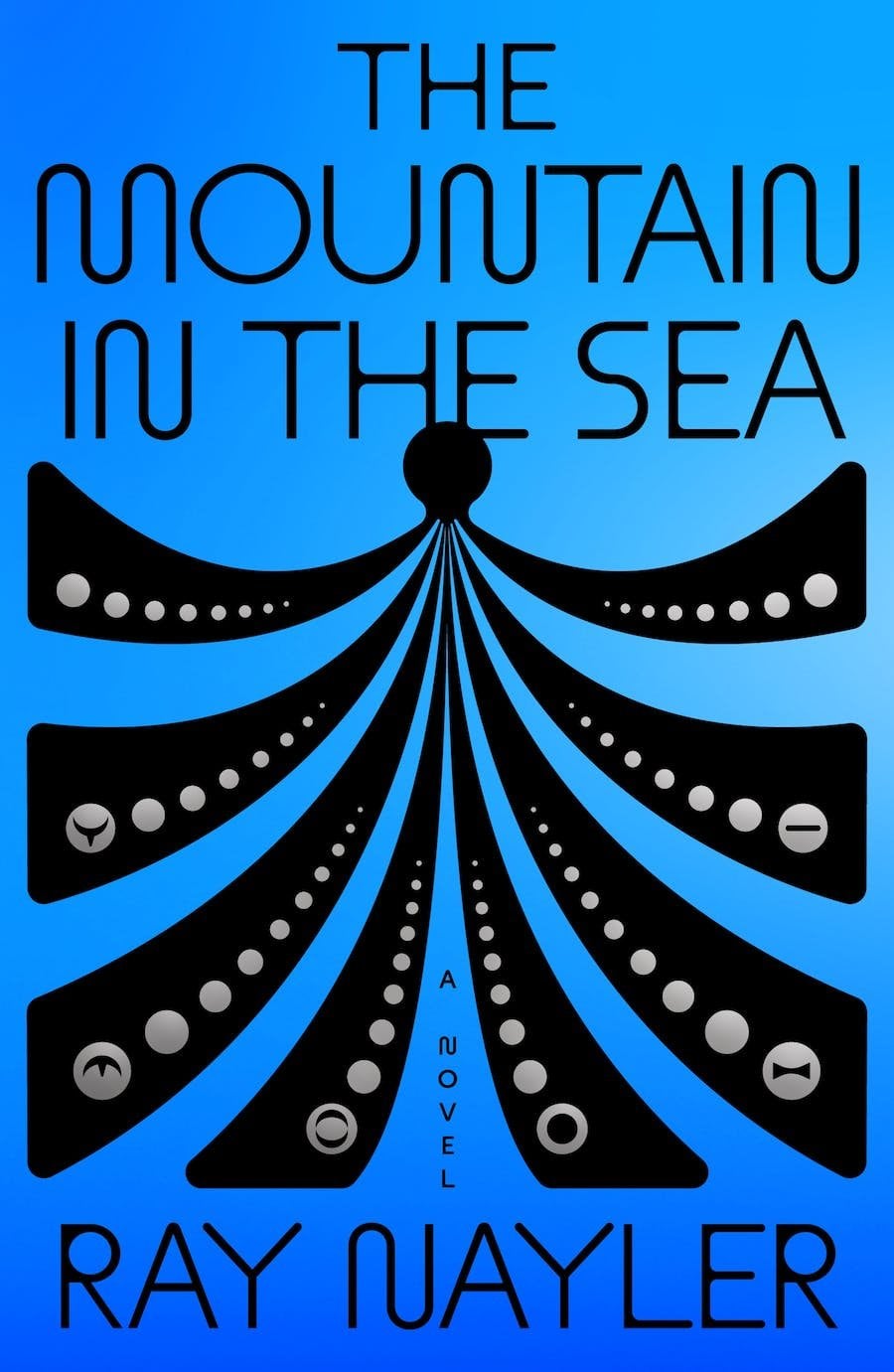
I'm currently reading The Mountain in the Sea by Ray Nayler, and not too long, ago I finished Mira Grant's Parasitology trilogy. Both stories features epigraphs before each chapter that are citations from books written by characters in the book. It's a really fascinating bit of world-building because I find that after a while I kind of forget that the books aren't real. I find myself wanting to read these other, "fake" books too. Have you come across this technique in your reading? Can you think of other fiction that regularly cites books that aren't real? House of Leaves comes to mind, but I'm sure there are others. For example, here's a bit from Nayler's book.
The octopus is the "tribleless, lawless, heartless one," denounced by Homer. This solitude, along with her tragically short life span, presents an insurmountable barrier to the octopus's emergence into in culture.
But the book asks the question: "What if? What if a species of octopus emerged that attained longevity, intergenerational exchange, sociality? What if, unknown to us, a species already has? Then what?
— Dr. Ha Nguyen, How Oceans Think
by ByrnStuff

3 Comments
Frank Herbert’s DUNE series has epigraphs at the start of each chapter from the works of a fictional historian, Princess Irulan.
I just read “Red Side Story” by Jasper Fforde, and each chapter had an epigraph by its worlds historian. Fantastic world building all around, its about a world in which your place in society is determined by a test that shows what colors you can see. I thought it was extremely creative
Susanna Clarke uses lots of citations of fictional books in her writing, especially in “Jonathan Strange & Mr Norrell”.